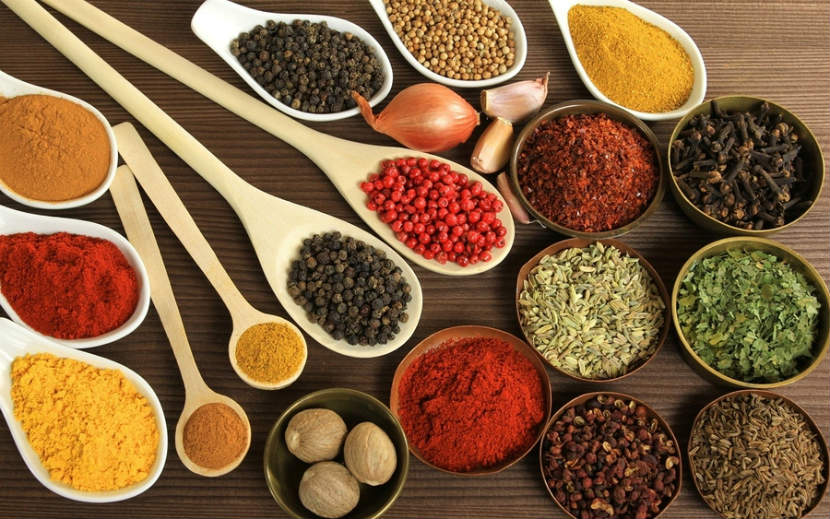 There are many things that can change the way you taste food. Things like aging, smoking and certain prescription drugs may have an effect. Some oral infections such as gingivitis can also cause a temporary reduction in our taste. Read on to learn more about aging, taste buds and how to keep the flavour in foods.
There are many things that can change the way you taste food. Things like aging, smoking and certain prescription drugs may have an effect. Some oral infections such as gingivitis can also cause a temporary reduction in our taste. Read on to learn more about aging, taste buds and how to keep the flavour in foods.
Taste and aging
Some older adults find that they may not taste foods as well as they used to. This may lead to using more salt to increase the tastiness of foods. However, eating too much sodium can cause high blood pressure, stroke, heart disease and kidney disease.
We all need some sodium, but most of eat about 3400 mg per day. This is more than double the amount of sodium we need. Healthy adults need only 1500 mg of sodium per day.
Spice up the taste in food
Instead of salt, try flavouring your foods with fresh herbs, spices, salsas, chutneys and healthy sauces.
Here are some common herbs and spices and foods they complement:
Basil: Flavouring for sauces, pesto sauce, dressings, infusing oils, vinegars, chicken, fish and pasta dishes.
Cinnamon: Used in baking, seasoning hot cereals and puddings.
Cumin: Adds flavour to soups, stews and sauces.
Curry: Good with meat, poultry and stews.
Dill: Wonderful with fish, potatoes and eggs.
Oregano: Used in a variety of sauces, soups and salads, and tasty with poultry, beef, veal, lamb and vegetables.
Paprika: Good with seafood, vegetables, potato salad and eggs.
Rosemary: Delicious with chicken, lamb and pork.
Savory: Used in salads, stuffing and sauces.
Tarragon: Usually used with chicken, fish, veal and egg dishes
Thyme: Tasty with chicken, veal, salads and vegetables.
To give foods a boost:
Vary the texture and temperature of foods at one meal. For example, try low fat yogurt with crunchy cereal such as a low fat granola or low sugar cereal. Enjoy a cool fruit salad and sherbet following a hot and spicy enchilada or taco.
Use colour to add appeal. Add red and yellow pepper strips to a mixed green salad; sprinkle red paprika on white potatoes; create a multi-coloured fruit salad with red and green grapes, honeydew melon and cantaloupe chunks, adding strawberries and blueberries.
Increase the flavour. Use seasonings, spices and herbs instead of salt and fat for flavour. An added bonus for choosing herbs and spices is that they contain health-protective phytochemicals.
Let your taste buds enjoy the flavour of food with less sodium!
At the grocery store:
-
Read the information on food packages. Buy unsalted and lower sodium foods whenever possible.
-
Look for words such as “sodium-free”, “low sodium”, “reduced sodium”, or “no added salt” on the package.
-
Compare food labels. Buy the products with the lowest amounts of sodium.
-
Look for foods that contain less than 360 mg of sodium per serving, or look for products with a sodium content of less than 15% DV (Daily Value).
At home:
-
Prepare your own meals often, using little or no salt. Make your own soups, sauces and salad dressings.
-
Enjoy more vegetables and fruit. Use fresh or frozen instead of canned whenever possible.
-
Cook pasta, rice or hot cereal without adding salt. Rinse canned vegetables and canned beans, peas and lentils to wash away some of the sodium.
-
Use less salt than what the recipe calls for, except when baking. Taste your food before adding salt.
When eating out:
-
Ask for gravy, sauces and salad dressings “on the side”, and use only small amounts.
-
Flavour your food with lemon or pepper instead of adding salt, sauces or gravy.
-
Ask for your meal to be cooked without salt or monosodium glutamate (MSG), a seasoning that is very high in sodium.
-
Check the nutrition information of menu items before you order and choose foods with less sodium. This information may be in a poster or pamphlet at the restaurant or on the restaurant’s website.
Bottom line
Some older adults find that they may not taste foods as well as they used to. With a little planning, you can enjoy many different flavours without adding salt to foods. Try different herbs and spices, use different textures and temperatures at a meal and use colours to make food more appealing. You will enjoy foods more while avoiding the health consequences of having too much sodium in your diet!
Last Update – November 1, 2017